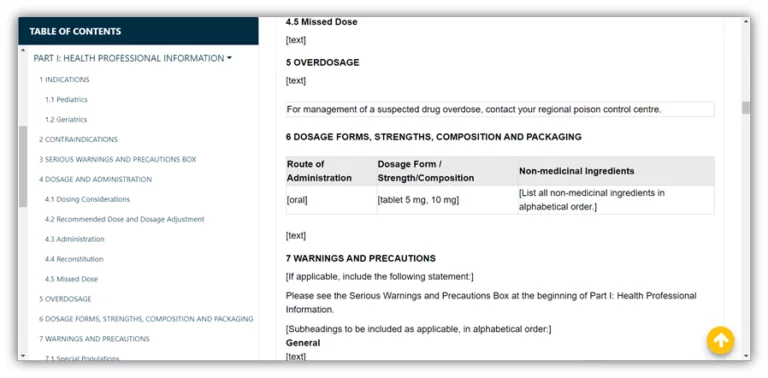
Pharmacovigilance, commonly known as drug safety, is the process of collecting, detecting, assessing, monitoring, and preventing adverse events (AEs) associated with the use of medicinal products. Pharmacovigilance risk management involves many different activities, such as case intake and processing, causality assessment, narrative writing, regulatory submission of Individual Case Safety Reports (ICSRs), aggregate reports, signal detection and signal management.
Owing to the different activities of pharmacovigilance, the pharmacovigilance department deals with a lot of data. The amount of data has increased many folds over time. Fortunately, there is a lot of scientific knowledge which can be gained by an appropriate and quick analysis of the available data which in turn can have a significant impact on the healthcare sector. Processing the available data manually is time-consuming and may delay important decisions regarding patient safety. Advances in Artificial Intelligence (AI) and Machine Learning (ML) have revolutionized many different fields in significant ways. Involving AI and ML has not only improved working efficiencies, but also the quality of the work performed. Involving AI and ML in pharmacovigilance services will also open new horizons and impact the functioning of the healthcare sector.
In pharmacovigilance, automation and AI can be incorporated in various ways to improve the day-to-day case processing activities. Currently, a lot of automation is being used in core case processing, such as data entry, regulatory submission, and signal detection. However, there is ample opportunity for automation and AI/ML to also enhance activities such as duplicate search and aggregate reports. Here are potential areas where the use of automation and AI/ML may prove to be beneficial in pharmacovigilance:
- Duplicate search (which may provide results as accurate as manual search, in less time)
- Linking the clinical trial databases with the safety database (which can increase the quality of, and reduce the processing time for, ICSRs)
- Linking medical information databases with the safety databases (which can save time spent on data entry and also reduce human errors)
- Using AI to extract data from a source document and narrative
- Detecting and analyzing patterns from pharmacovigilance data (which can help detect signals at an early stage of case processing)
- Using automation to draft a narrative with minimal/zero intervention
- Identifying diseases/conditions from pictures using AI
- Auto-translations to convert data from a foreign language to the English language, for global regulatory authorities
While the involvement of AI/ML sounds promising for the future of pharmacovigilance, there are challenges with the effective implementation of pharmacovigilance solutions. The most common ones are the interpretation of outputs by AI/ML, developing effective algorithms, reproducing, or replicating results, and the credibility of results. With ample test data available nowadays, effective AI/ML algorithms can still be developed by experts through in-depth training and understanding of the concepts and requirements. In addition, setting limited standards for training algorithms can prove beneficial in overcoming the challenges.
Overall, automation and AI/ML are game changers in the providing effective pharmacovigilance solutions. These can be effectively applied by developing accurate and realistic algorithms and data methods. This is best implemented by the collaborative efforts of the pharmacovigilance expert and the AI/ML and automation specialist. Working collaboratively and setting realistic expectations can help overcome these current challenges and ensures the global use of technology in day-to-day pharmacovigilance activities.


